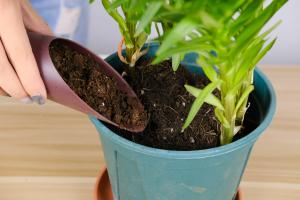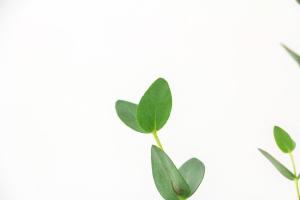Introduction
Chicken plants, also known as poultry processing plants, are notorious for releasing large amounts of water pollution. The effluent from these plants contains high levels of nutrients, organic matter, antibiotics, and hormones, which can harm aquatic life and human health. In this article, we will discuss some effective strategies to reduce water pollution from chicken plants.
Wastewater Treatment
The first step in reducing water pollution from chicken plants is to implement effective wastewater treatment systems. Industrial-strength treatment is necessary to remove the high levels of organic matter, nutrients, and other pollutants in the effluent. There are several types of wastewater treatment technologies available, including biological treatment, chemical treatment, and physical treatment. One common method is the use of anaerobic digestion to convert organic matter into biogas, which can be used for energy. Proper treatment can significantly reduce the levels of pollutants in the effluent.
Effluent Monitoring
Another effective strategy to reduce water pollution is to monitor the effluent from chicken plants regularly. This will help to identify any problems with the treatment system, such as overloading or insufficient retention time, before they cause harm to the environment. Effluent monitoring should include measurements of flow rate, organic matter, nutrients, pH, and other key parameters. By understanding the quality of the effluent, the plant operators can make informed decisions about whether to adjust the treatment system or implement additional measures.
Improved Management Practices
Chicken plants can also reduce water pollution by implementing improved management practices. This includes reducing the use of antibiotics and hormones in chicken feed, implementing best management practices for manure application, reducing water usage, and enhancing spill prevention and response plans. These practices can reduce the amount of pollutants that enter the wastewater stream, leading to a lower burden on the treatment system and less pollution of the environment.
Education and Training
Education and training are also essential to reducing water pollution from chicken plants. By training staff in proper operating procedures, maintenance, and spill prevention, the plant can reduce the likelihood of accidents or spills that could harm the environment. Furthermore, educating the surrounding community about the necessity of controlling water pollution and the impacts of chicken plant effluent can increase public awareness and promote active engagement in protecting the water resources. With a well-trained workforce and an informed public, chicken plants can reduce their impact on the environment.
Conclusion
Chicken plants are a significant source of water pollution, but it is possible to reduce their impact on the environment by implementing effective wastewater treatment systems, monitoring effluent quality, improving management practices, and providing education and training to staff and the community. By working together, chicken plants can help to protect the water resources and promote a healthy environment.

 how many times do yo...
how many times do yo... how many planted tre...
how many planted tre... how many pine trees ...
how many pine trees ... how many pecan trees...
how many pecan trees... how many plants comp...
how many plants comp... how many plants can ...
how many plants can ... how many plants and ...
how many plants and ... how many pepper plan...
how many pepper plan...































